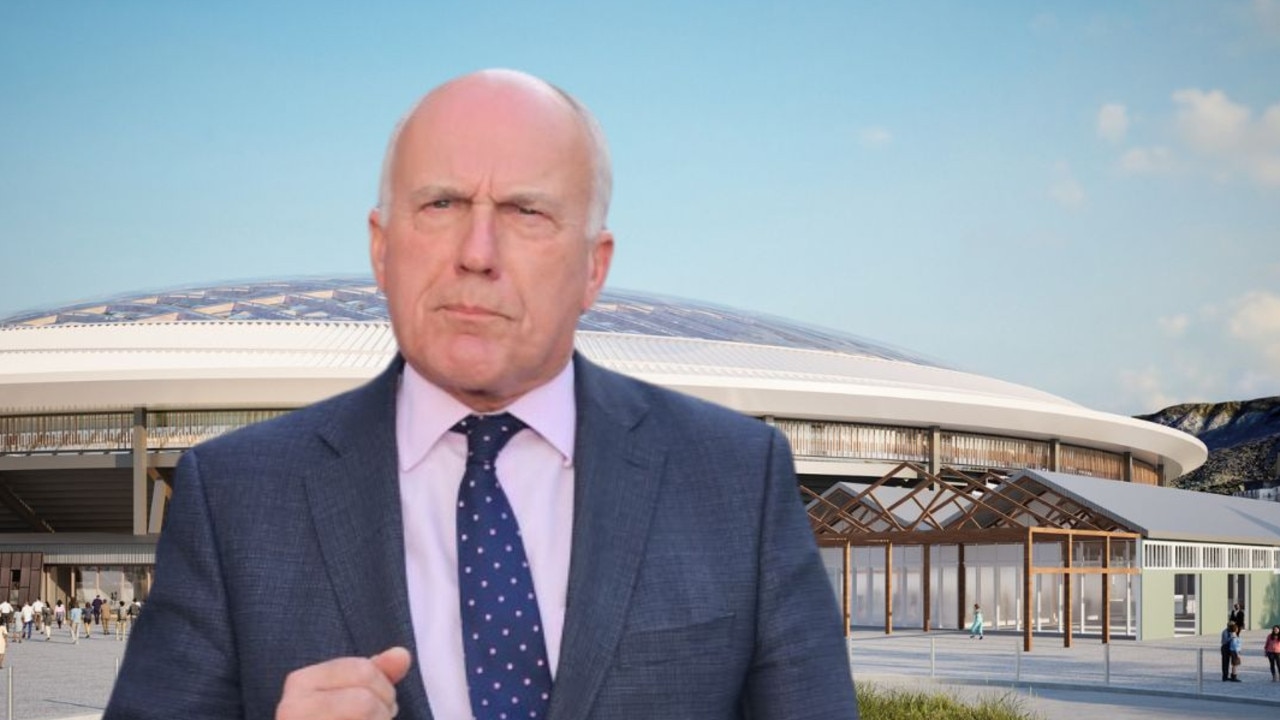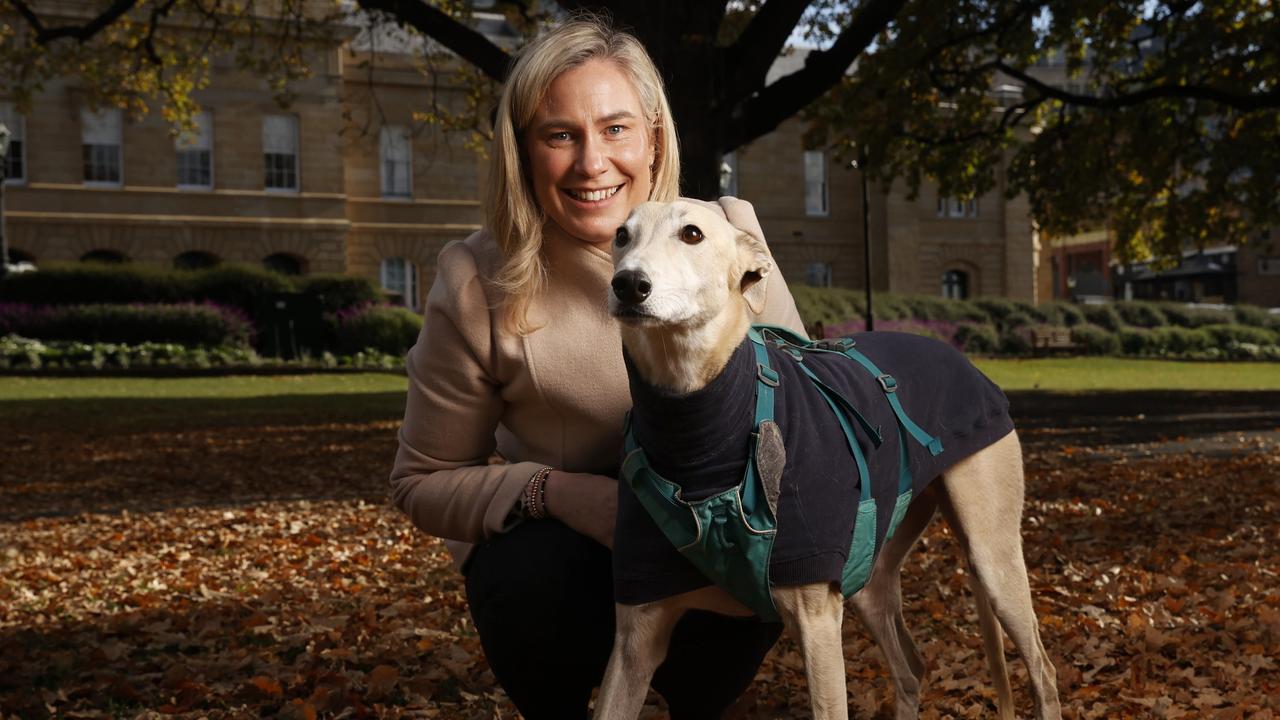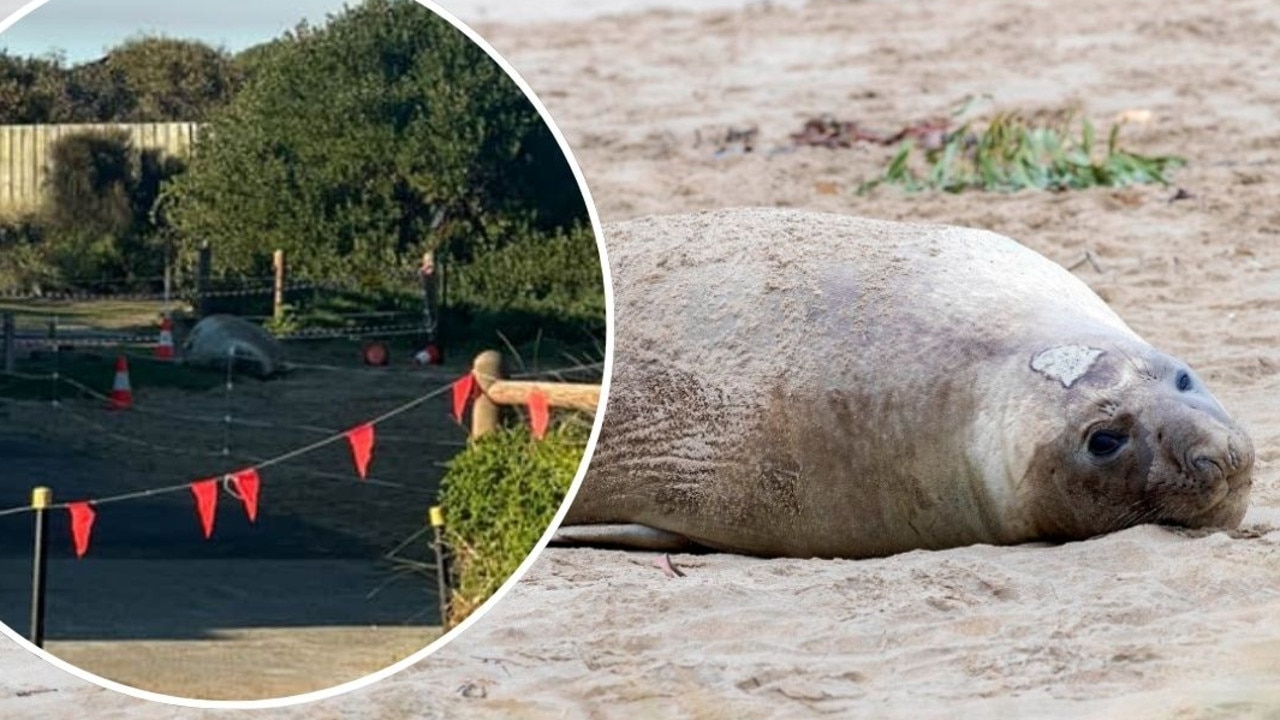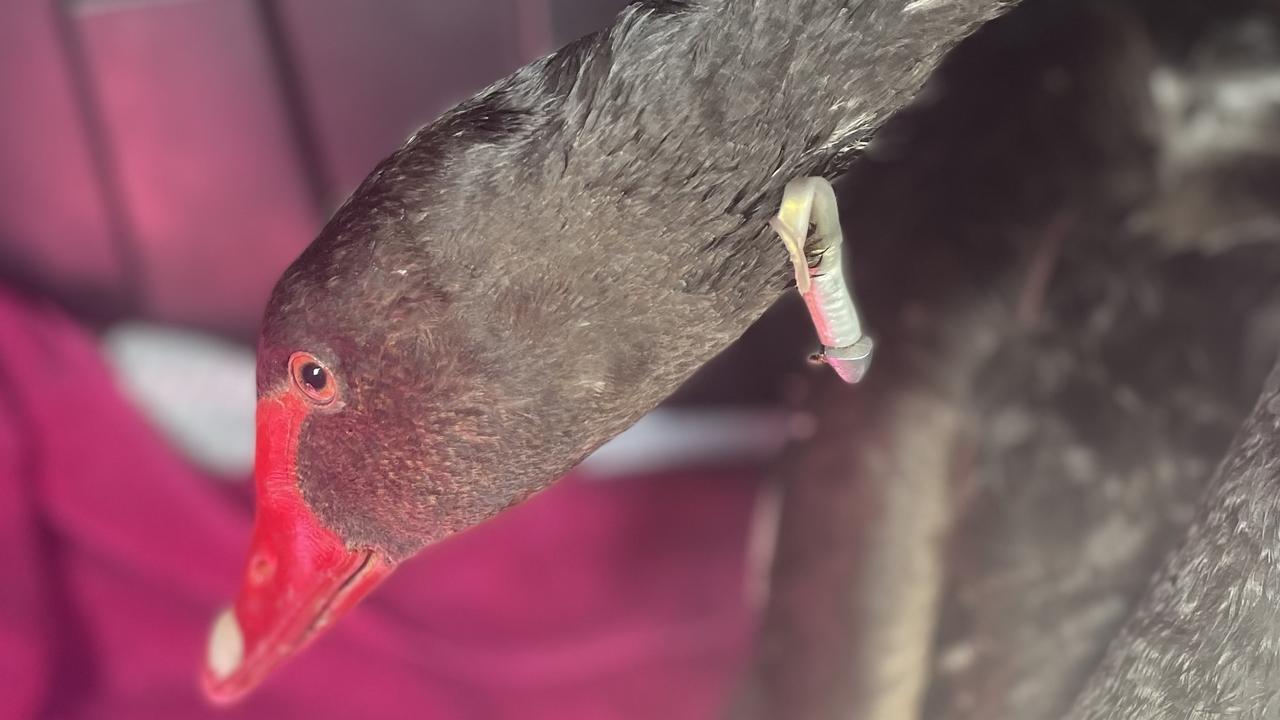Economist Saul Eslake urges rethink of government funding of greyhound racing
According to opinion polls, support for greyhound racing is waning in Tasmania. A new report questions its reliance on government funding. Find out why.
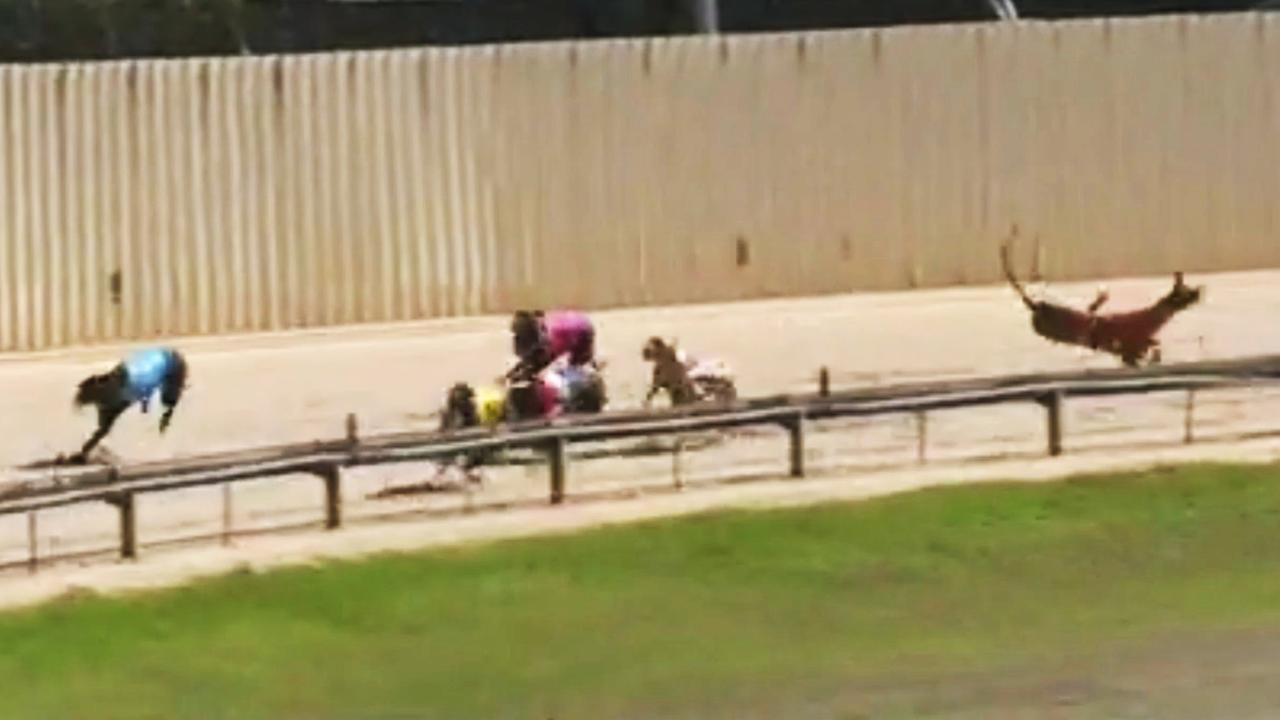
Tasmania
Don't miss out on the headlines from Tasmania. Followed categories will be added to My News.
The greyhound racing industry in Tasmania has received government funding of $74.6m in the past 15 years – with the percentage increase higher than that spent on education, a new report reveals.
Leading economist Saul Eslake says the state’s greyhound industry in Tasmania is “almost entirely dependent on government funding”, receiving more than double the average of other states.
He said the government should reduce the extent to which it has been ‘throwing good money after bad’ from a 20 year funding agreement signed in 2009.
In his report titled: The financing of greyhound racing in Tasmania, Mr Eslake says the industry appears to be in declining in Tasmania – based on falling attendances at race meetings, fewer dogs starting in races in the past 10 years, and a 26 per cent decline in the amount wagered on greyhound races over the past three years.
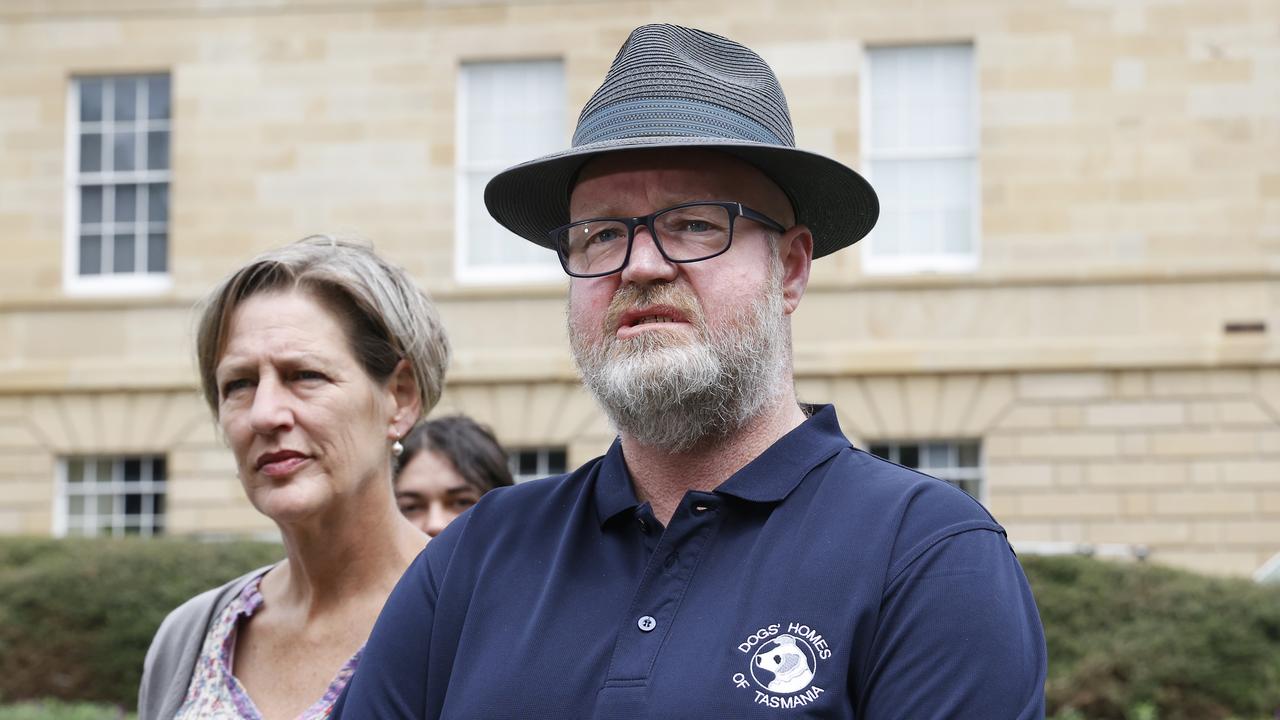
The report was prepared for a coalition of 12 animal welfare advocacy organisations, including RSPCA Tasmania and the Dogs Homes of Tasmania and funded by individual personal donations.
“Over the past 15 years greyhound racing has received a total of $74.6m from Tasracing, rising from $3.5m in 2010-11 to a projected $7.5m in 2024-25,” Mr Eslake said.
“That represents an increase of 127 per cent, or an annual average of 5.6 per cent per annum (equivalent to 3.0 per annum in real terms).
“That’s slightly more than the increase in total Tasmanian government ‘operating expenses’ of 5.2 per cent per annum, on average, over the 15 years to 2024-25, and well in excess of the average annual increase in spending on, for example, education of 4.1 per cent per annum.
“Although Tasracing continues to refer to the funding it receives from the Government as “$27m a year”, the amount has steadily risen (as a result of indexation) to $37.2m in 2024-25.”
The government, he said, funded the industry to the tune of $12.70 per head of population in 2023-24, more than double the average for all states and territories of $5.27 per head.
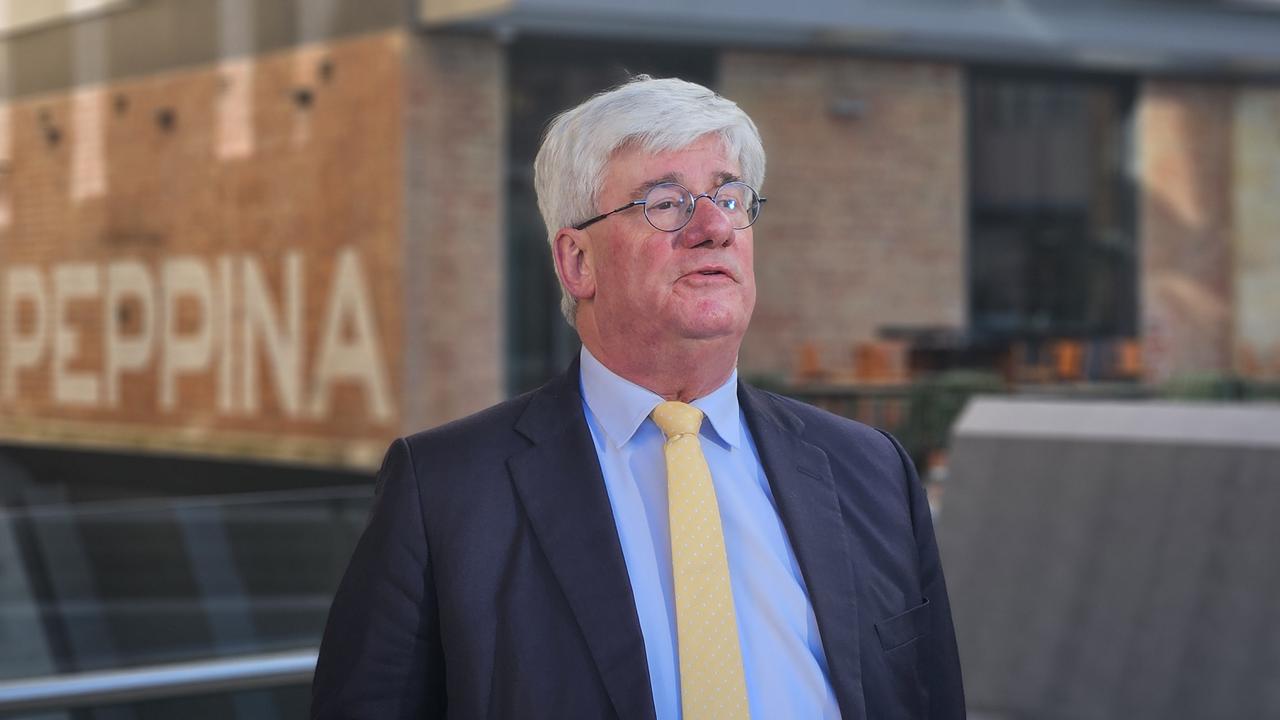
Mr Eslake says while the greyhound industry claims it makes “a significant contribution to economic activity and employment in Tasmania”, it was “actually quite small” amounting to 0.2 per cent of gross state product and total employment.
He points out that attendances are down and wagering has dropped from $64.40 per dollar of ‘code funding’ in 2020-21 to $36.52 in 2023-24 and employment has fallen from 150 jobs per $1m of ‘code funding’ in 2011-12 to 82 in 2021-22.
The funding deed with TasRacing was signed after the Labor government announced its intention to sell TOTE Tasmania in 2009, providing the three racing codes with funding indexed to CPI for 20 years.
Mr Eslake said the funding deed was due to expire at the end of the 2028-29 financial year.
“Given the financial situation in which the Government now finds itself this presents an opportunity for the Government both to improve its financial position, and to reduce the extent to which it has been ‘throwing good money after bad’ by subsidizing an inefficient and declining ‘industry’ to such a substantial degree over the past two decades,” his report concluded.
Originally published as Economist Saul Eslake urges rethink of government funding of greyhound racing


